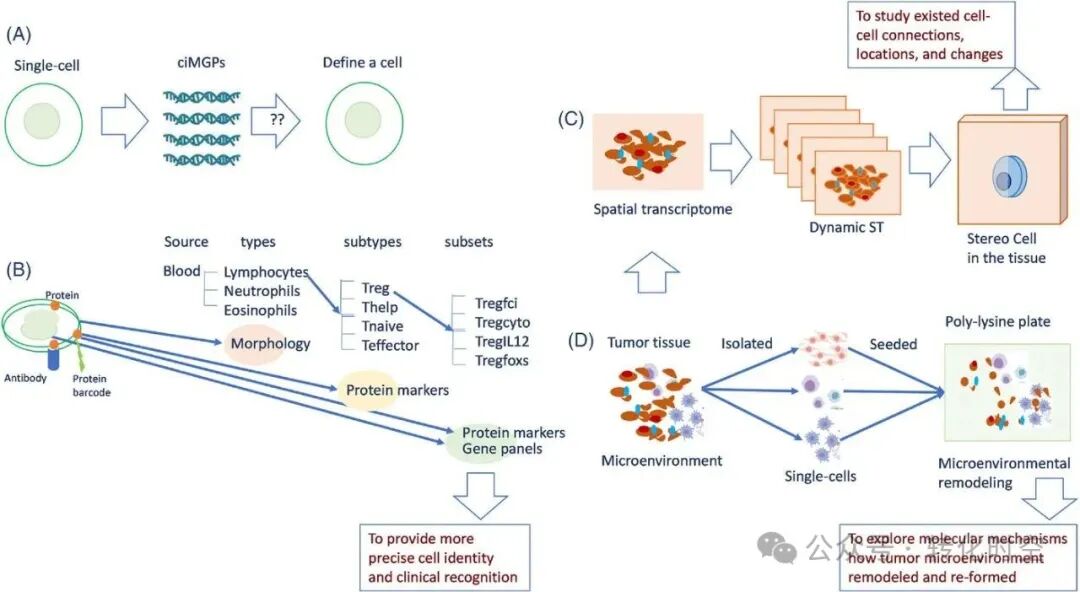Nat Commun:阐明DNA分子免于紫外损伤的分子机理
| 导读 | 直线性连续加速器光源发射的X射线往往被用于测定DNA核酸碱基对紫外线的超速应答,而近日来自国外的研究人员通过研究发现,核酸碱基胸腺嘧啶中的紫外线激发态会快速衰退,从而会潜在分散破坏性的紫外线的能量,相关研究刊登于Nature Communications上。 |
直线性连续加速器光源发射的X射线往往被用于测定DNA核酸碱基对紫外线的超速应答,而近日来自国外的研究人员通过研究发现,核酸碱基胸腺嘧啶中的紫外线激发态会快速衰退,从而会潜在分散破坏性的紫外线的能量,相关研究刊登于Nature Communications上。
本文研究或可帮助揭示DNA中的碱基如何保护自身免于紫外线的损伤,另外该研究也可以帮助用于研究生物学中的分子超快速动力学现象。文章中研究者表示,DNA可以以热能的形式分散紫外光能量来保护自身免于紫外线损伤;通过利用一种超快速的X射线脉冲,来自胸腺嘧啶分子中的核心电子就会被快速除去,从而引发原子的核心水平出现空缺,进而会导致外部电子填充到核心中,同时一个电子就会被释放出去,这种现象被称之为俄歇效应。
研究者表示,时间分辨的俄歇波谱学技术可以帮助我们有效区分原子核的运动和电子分布的改变,利用这种策略来进行DNA分子中胸腺嘧啶的研究,就可以帮助研究人员清楚观察到DNA分子如何在紫外光下保护自身免于伤害。
而俄歇光谱随后会将200飞秒以内的较低水平的动能转化为一种电子松弛的状态,这就可以促进紫外光能量有效地分散,而不足以损伤DNA的结构;本文研究中研究人员开发的新型工具或为解析DNA免于紫外损伤的分子机制提供新的研究线索,也为进行化学、生物学及物理学领域内电子运动的相关研究提供帮助。(转化医学网360zhyx.com)
以上为转化医学网原创翻译整理,转载请注明出处和链接!
转化医学网推荐的原文摘要:
Ultrafast X-ray Auger probing of photoexcited molecular dynamics
Nature Communications doi:10.1038/ncomms5235
B. K. McFarland, J. P. Farrell, S. Miyabe, F. Tarantelli, A. Aguilar, N. Berrah, C. Bostedt, J. D. Bozek, P. H. Bucksbaum, J. C. Castagna, R. N. Coffee, J. P. Cryan, L. Fang, R. Feifel, K. J. Gaffney, J. M. Glownia, T. J. Martinez, M. Mucke, B. Murphy, A. Natan et al.
Molecules can efficiently and selectively convert light energy into other degrees of freedom. Disentangling the underlying ultrafast motion of electrons and nuclei of the photoexcited molecule presents a challenge to current spectroscopic approaches. Here we explore the photoexcited dynamics of molecules by an interaction with an ultrafast X-ray pulse creating a highly localized core hole that decays via Auger emission. We discover that the Auger spectrum as a function of photoexcitation—X-ray-probe delay contains valuable information about the nuclear and electronic degrees of freedom from an element-specific point of view. For the nucleobase thymine, the oxygen Auger spectrum shifts towards high kinetic energies, resulting from a particular C–O bond stretch in the ππ* photoexcited state. A subsequent shift of the Auger spectrum towards lower kinetic energies displays the electronic relaxation of the initial photoexcited state within 200 fs. Ab-initio simulations reinforce our interpretation and indicate an electronic decay to the nπ* state.
 腾讯登录
腾讯登录
还没有人评论,赶快抢个沙发